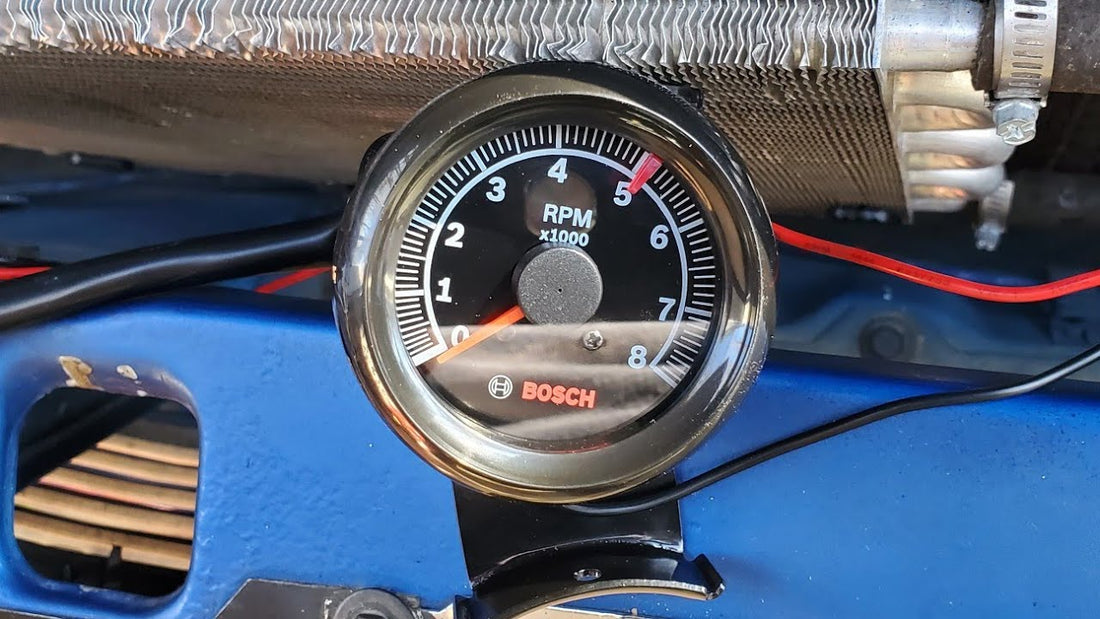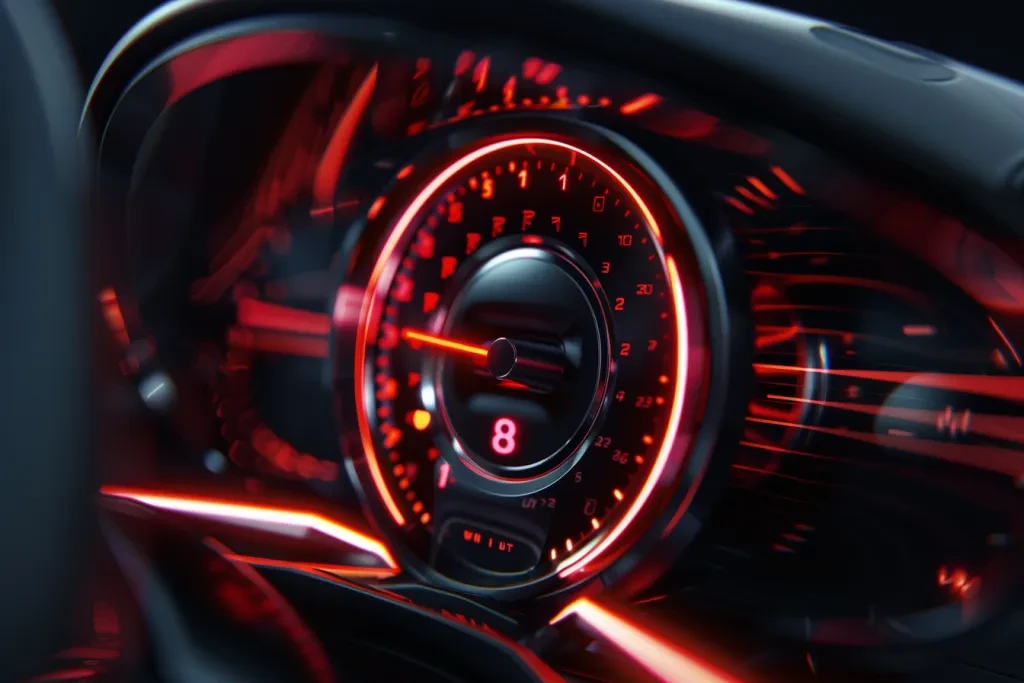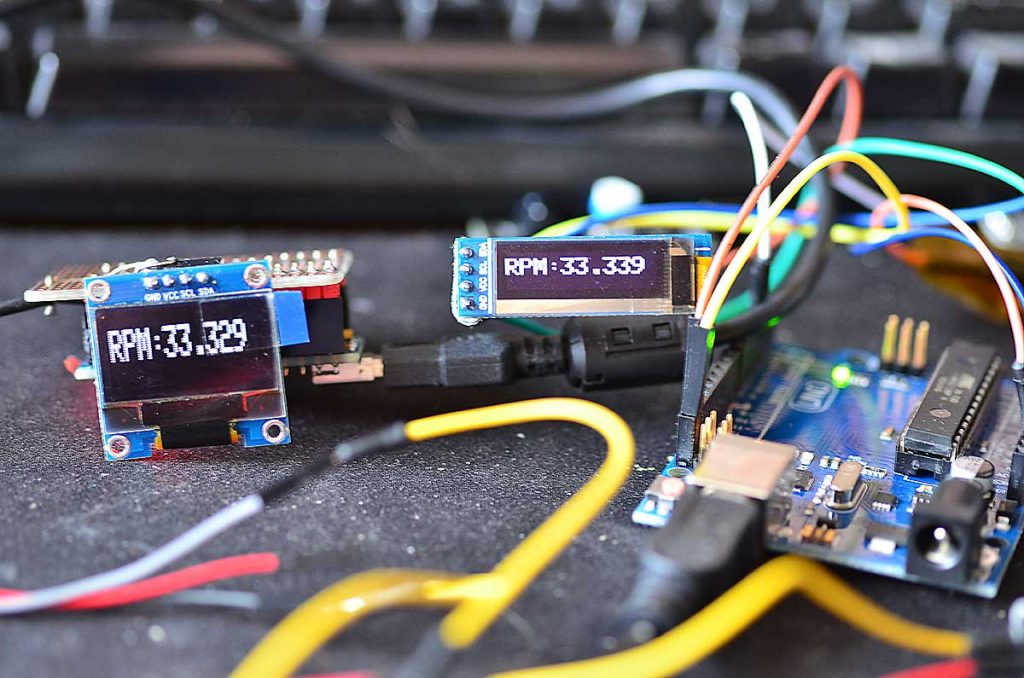
Terrific Techniques: How to Reset Tachometer for Accuracy
Share
The tachometer is an essential instrument used by many, especially in the fields of automotive engineering and machinery. Knowing how to reset tachometer settings is crucial for Tech Professionals and enthusiasts alike. This guide aims to provide a detailed and engaging overview of the steps involved, ensuring your tachometer remains accurate and fully functional.

Understanding the Tachometer
A tachometer measures the rotational speed of a shaft or disc in various applications such as vehicles and industrial machinery. It is a vital instrument that informs the user about engine performance, allowing for efficient operation. A malfunctioning tachometer can lead to incorrect readings, resulting in operational inefficiencies. Therefore, mastering how to reset your tachometer is a lifesaver.
Why Is It Important to Reset Your Tachometer?
Resetting your tachometer serves several purposes:
- Accuracy: Ensures that readings reflect the actual RPM of the engine.
- Engine Performance: A well-calibrated tachometer can help optimize performance.
- Vehicle Maintenance: Helps in diagnosing issues, thereby facilitating timely maintenance.
Steps to Reset Your Tachometer
Here are direct and actionable steps to help you reset your tachometer:
1. Gather Necessary Tools
Before starting, ensure you have the tools ready:
- Owner's Manual
- Screwdriver
- Reset Tool (if applicable)
2. Turn Off the Engine
Before proceeding, turn off your vehicle or machinery. This is crucial for safety and ensures that you do not damage any components while working on the tachometer.
3. Access the Tachometer
Removing the dashboard panel may be necessary to access the tachometer. Refer to your owner's manual for specific instructions specific to your vehicle model.
4. Locate the Reset Button
Most tachometers have a designated reset button. Locate it according to the guidelines in your manual. Pressing this button may reset the device.
5. Manual Calibration
Some tachometers need manual calibration. By following the calibration procedure in the owners manual, you can ensure that the tachometer gives accurate readings.
6. Test the Tachometer
After resetting, turn on your engine and observe if the tachometer functions correctly. If the readings are inaccurate, you may need further calibration.
Common Issues and Troubleshooting
Even after resetting, you might face problems. Here are some common issues:
- Inaccurate Readings: May require recalibration or replacement of the sensor.
- Erratic Movement: Check for loose connections or damaged components.
- Power Issues: Ensure that there is power reaching the tachometer. Faulty wiring may disrupt functionality.
Internal and External Resources
If you'd like to dive deeper, consider checking:
For a broader understanding, you can also read about tachometers on Britannica.

FAQ Section
1. What is a tachometer?
A tachometer is a device that measures the rotational speed of an engine or machinery in revolutions per minute (RMP).
2. How often should I reset my tachometer?
It's advisable to reset your tachometer when you notice discrepancies in readings, usually after major repairs or maintenance.
3. Can I reset my tachometer myself?
Yes, as highlighted, with the right tools and understanding, you can reset your tachometer without professional help.
